Imagine you have lived in a place for generations, and now you get kicked out.
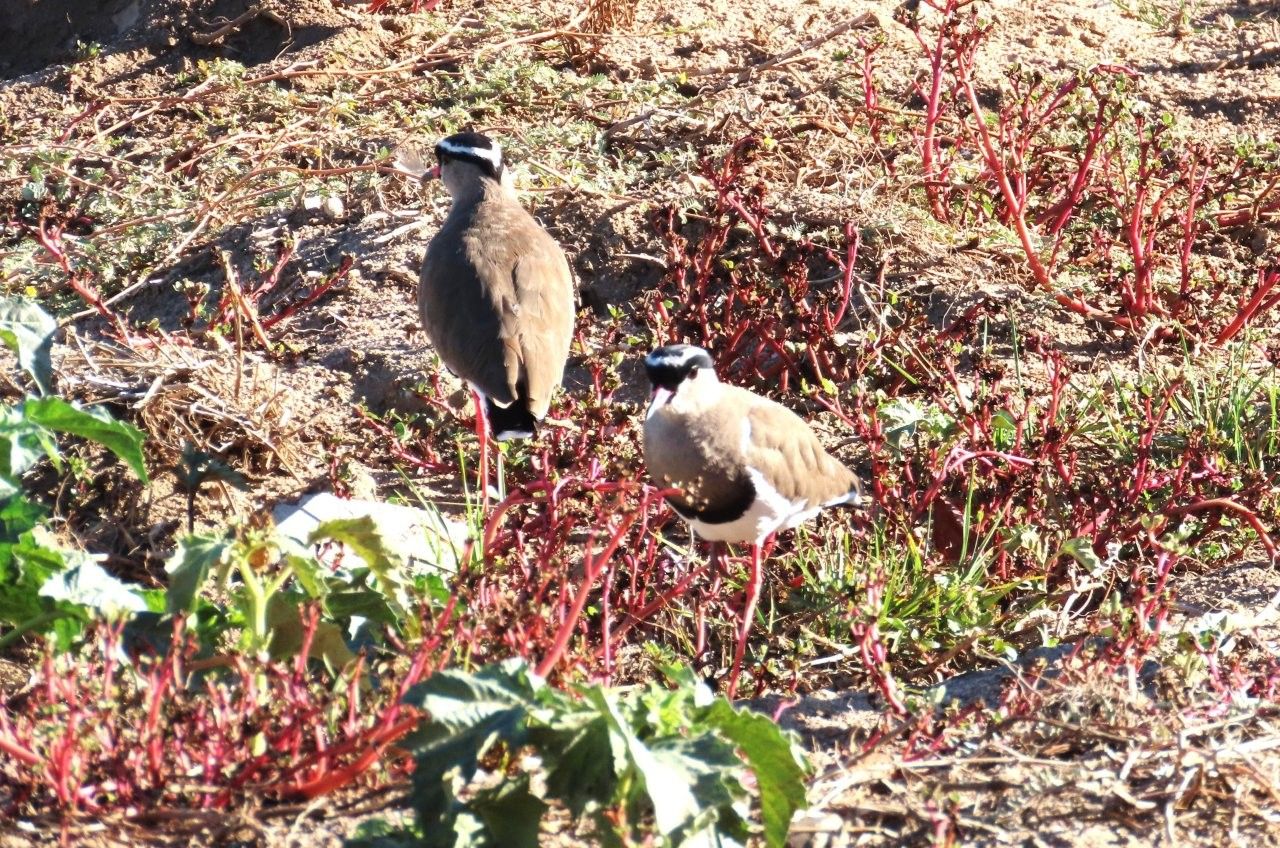
They are Crowned Lapwings (Vanellus coronatus), and their numbers are dwindling in the Western Cape.
They are large, mostly brown, lapwings with a black cap surrounded by a white halo. Legs and base of bill bright pinkish-red. Sandy-brown breast separated from white belly by a black band. Common resident and local nomad of open country, including short grassland. Also on golf courses, playing fields and fallow (empty) land. Seldom associated with water. Aggragates in small flocks, especially when not breeding, and regularly associates with Black-winged Lapwings. Regional population perhaps as large as 100 000 birds, but numbers have decreased locally in the Western Cape.
Source: Book. Birds of Southern Africa. ISBN: 978-1-77584-668-0.
Seems like they were attending a bird council meeting with the topic of where to move to. But they have no choice as they have to get out.
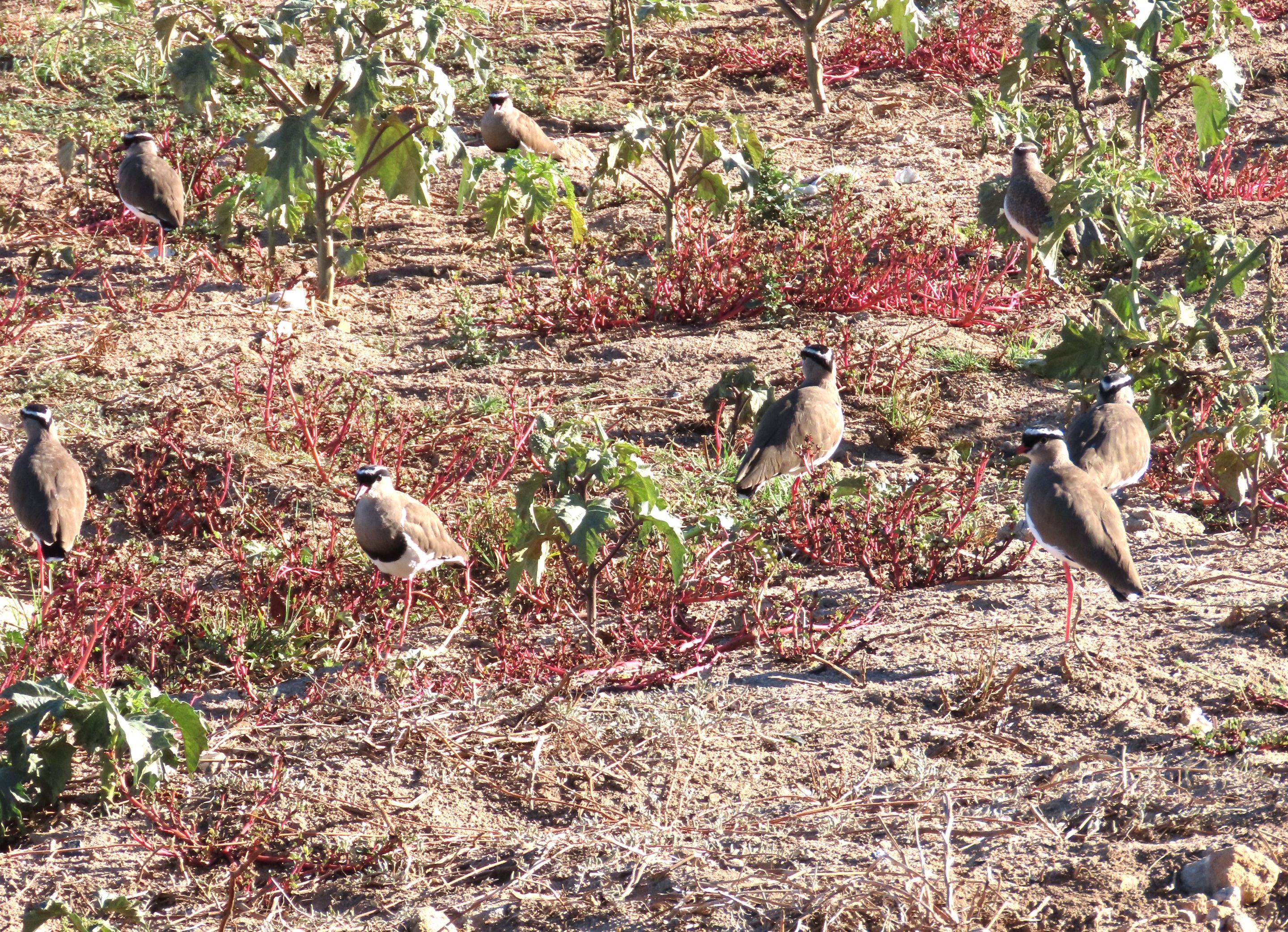
See how the members were discussing things during the meeting.
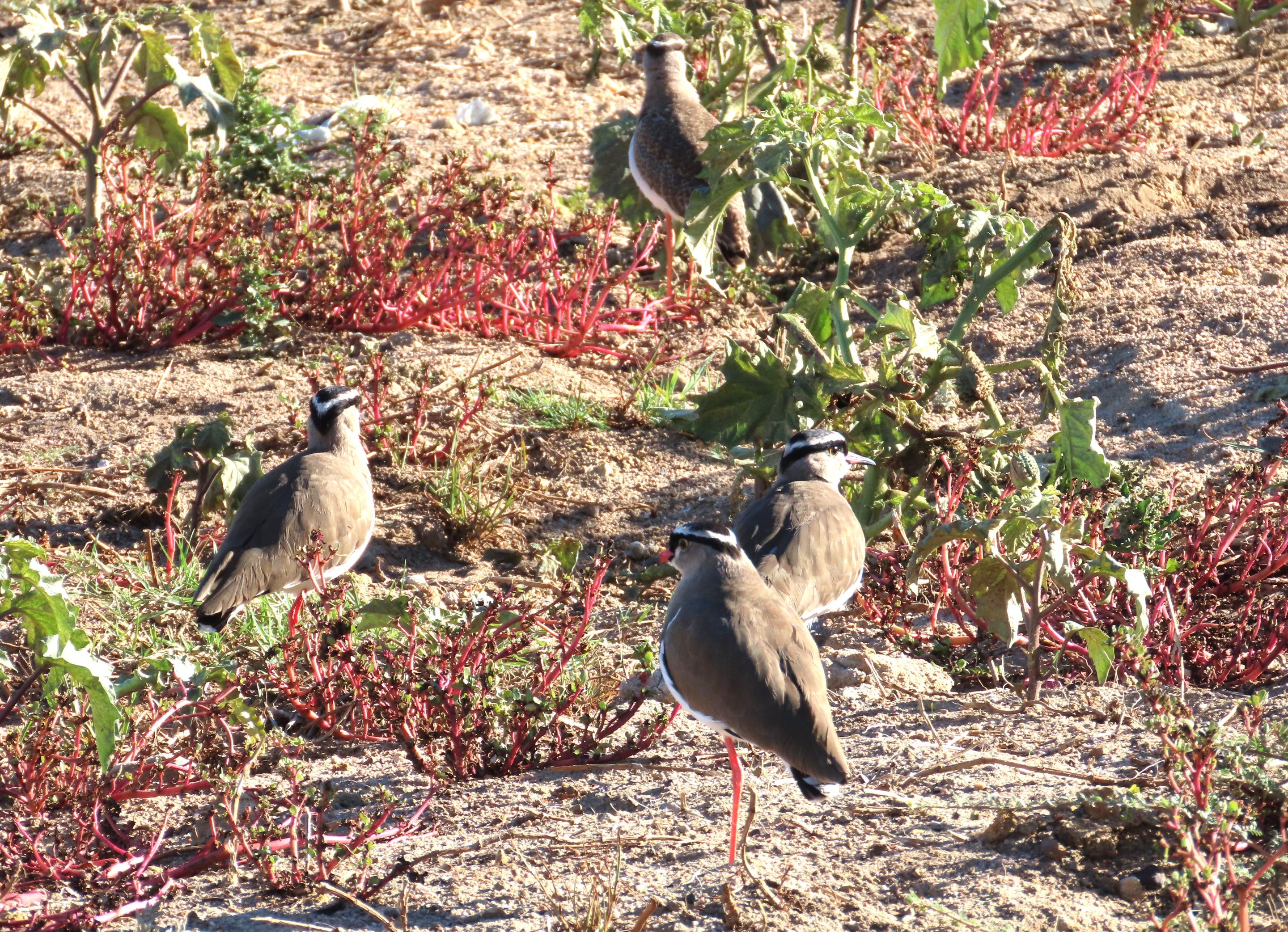
Finally, this is the reason why. You can see the water tankers and they are busy clearing the area to build new residential blocks. People are flooding down to the Western Cape, and there are great shortages of housing. So now, most of the empty lots of land, in the town, are being developed.
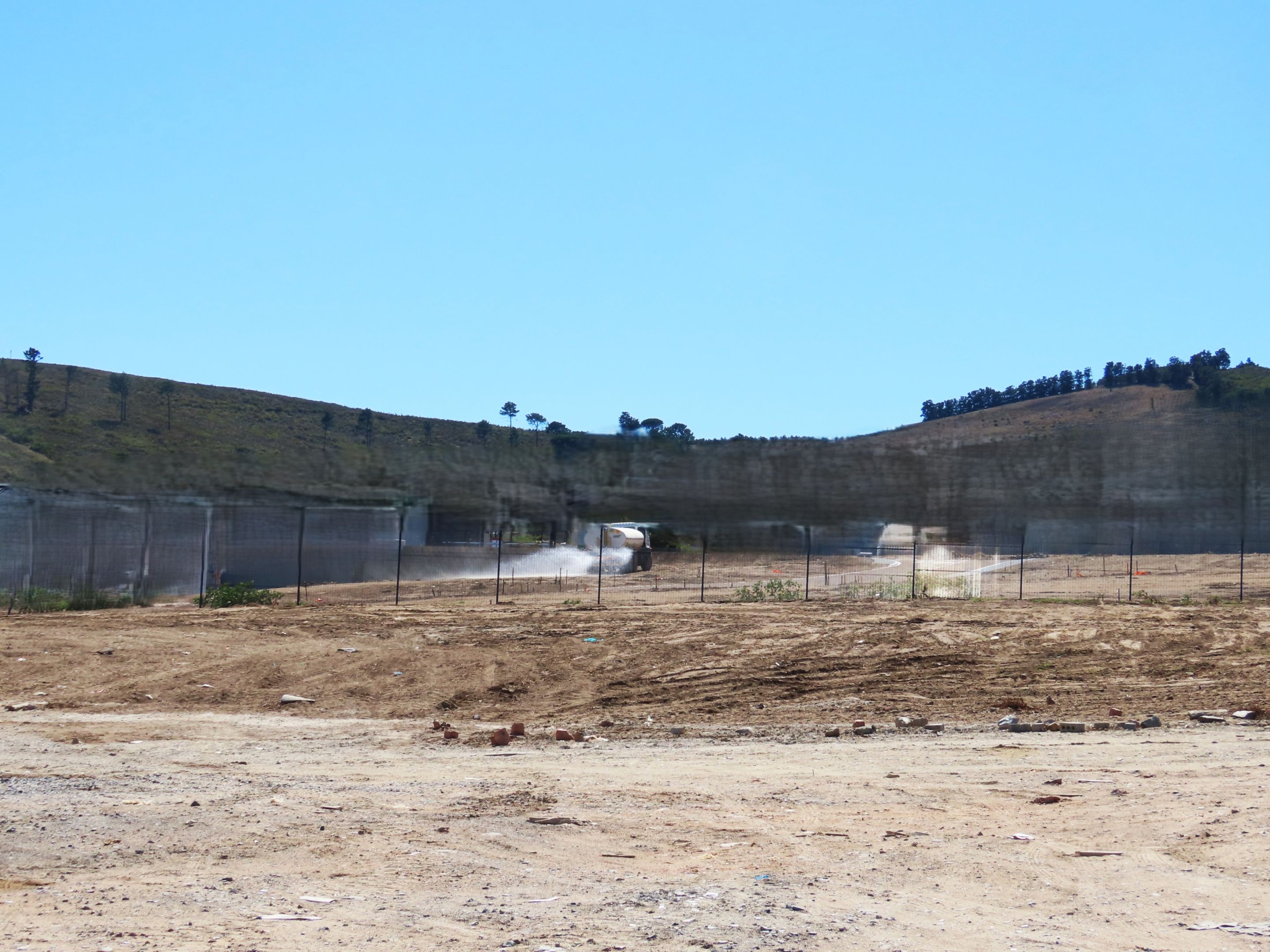
.
Later in the day the weather changed as clouds rolled in.
But I was happy to get a few more shots in, such as this Peregrine Falcon coming over.
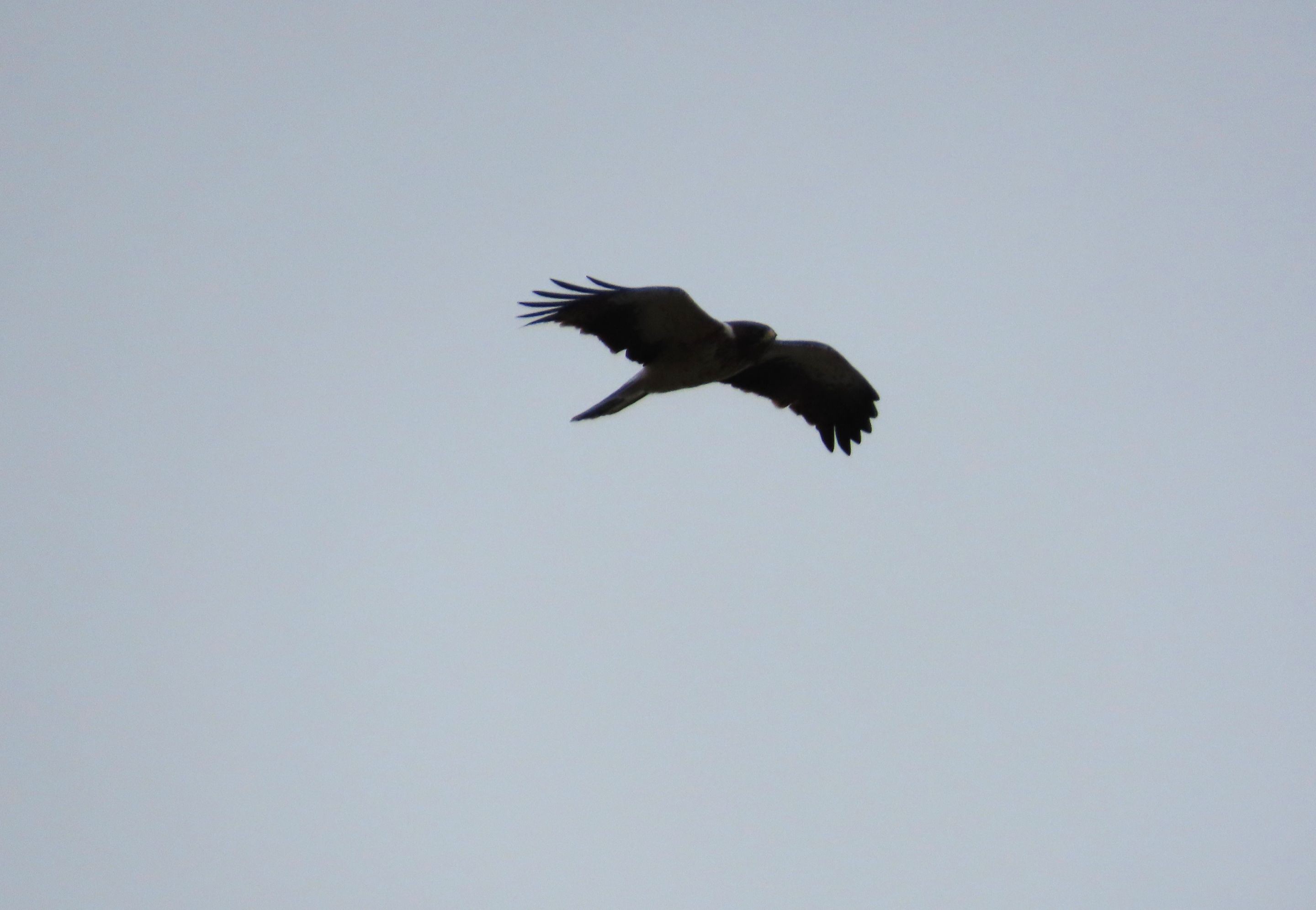
Here you can see the approach of the clouds.
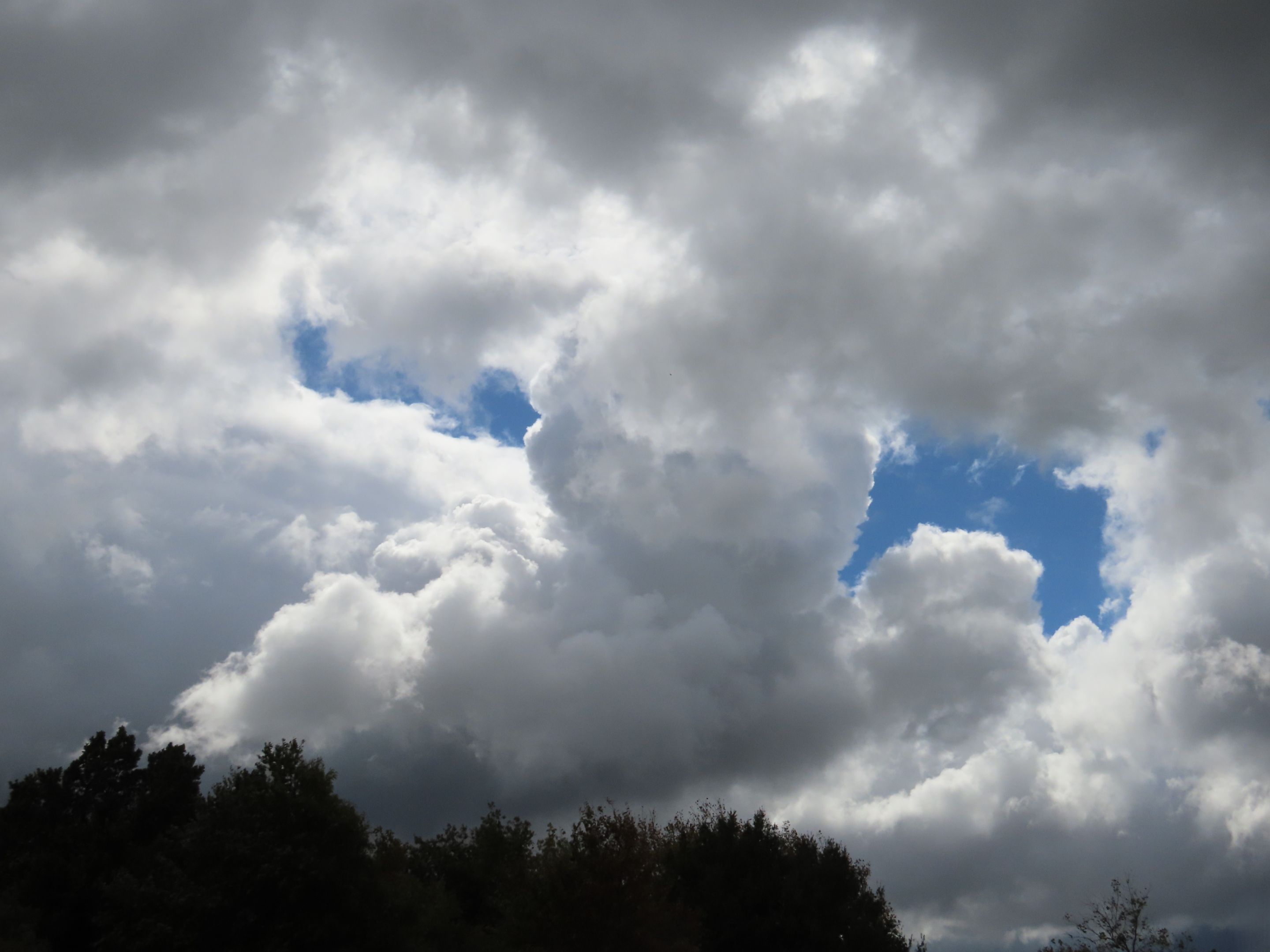
This bird was heading for a tall tree, and you will see it in the shot below this one.
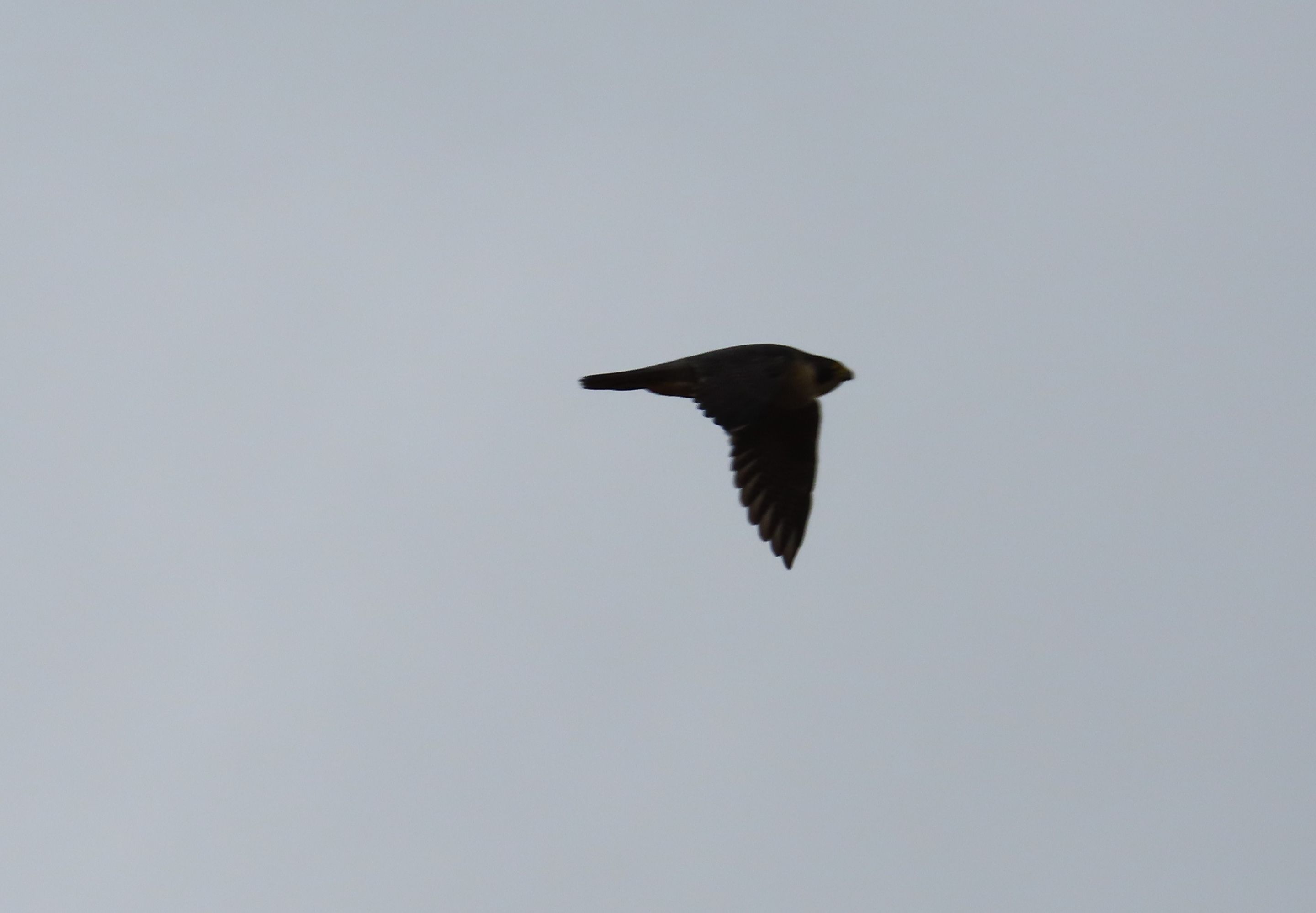
Too dark to see what it was, and I can only venture a guess that it is one of the smaller falcon species.
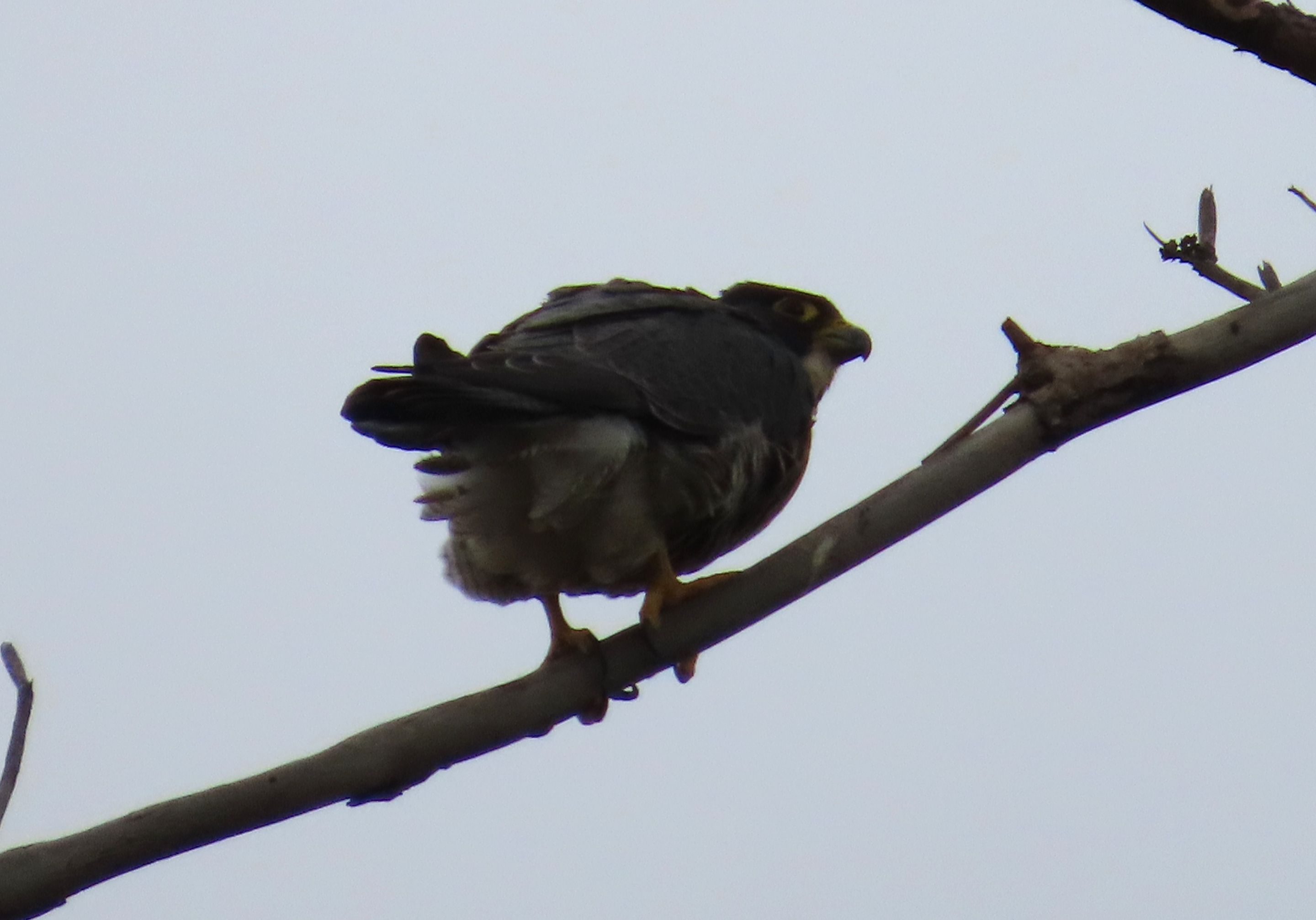
Shutdown time as the light grew darker, and maybe you can still see a little dot near the top of the tree where the falcon was sitting.
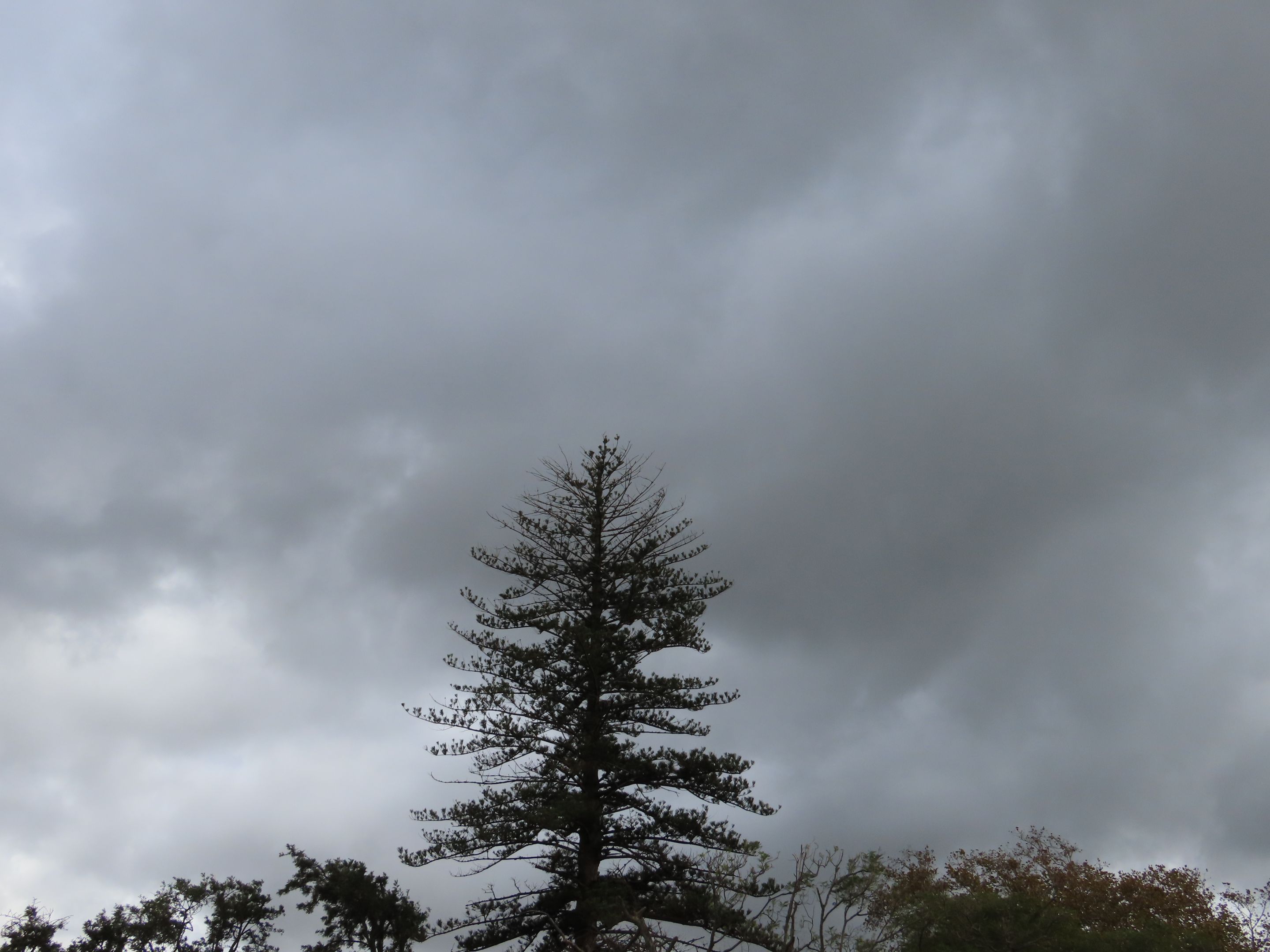
So many human beings have been forcefully evicted in South Africa's history. And at the moment they are trying to rectify the forced removals with land claims. I just don't understand how it will work, as most of the land has been developed. Schools and hospitals were built on some of the land, and if it were to be restored to the original occupants, then I don't know what will become of it.
Amazingly, during all of these issues, the birds and animals have adapted to the suburban lifestyles, and we see many species sitting on roofs, making nests in gutters, and eating the seeds in people's gardens. We saw a flock of Cape Sparrows sandbathing in a garden on our way back home today, so yes, the birds are everywhere. But they deserve to be because they were here first.
Such is life.
I hope you enjoyed the pictures and the story.
Photos by Zac Smith. All-Rights-Reserved.
Camera: Canon PowershotSX70HS Bridge camera.
Thank you kindly for supporting this post.
